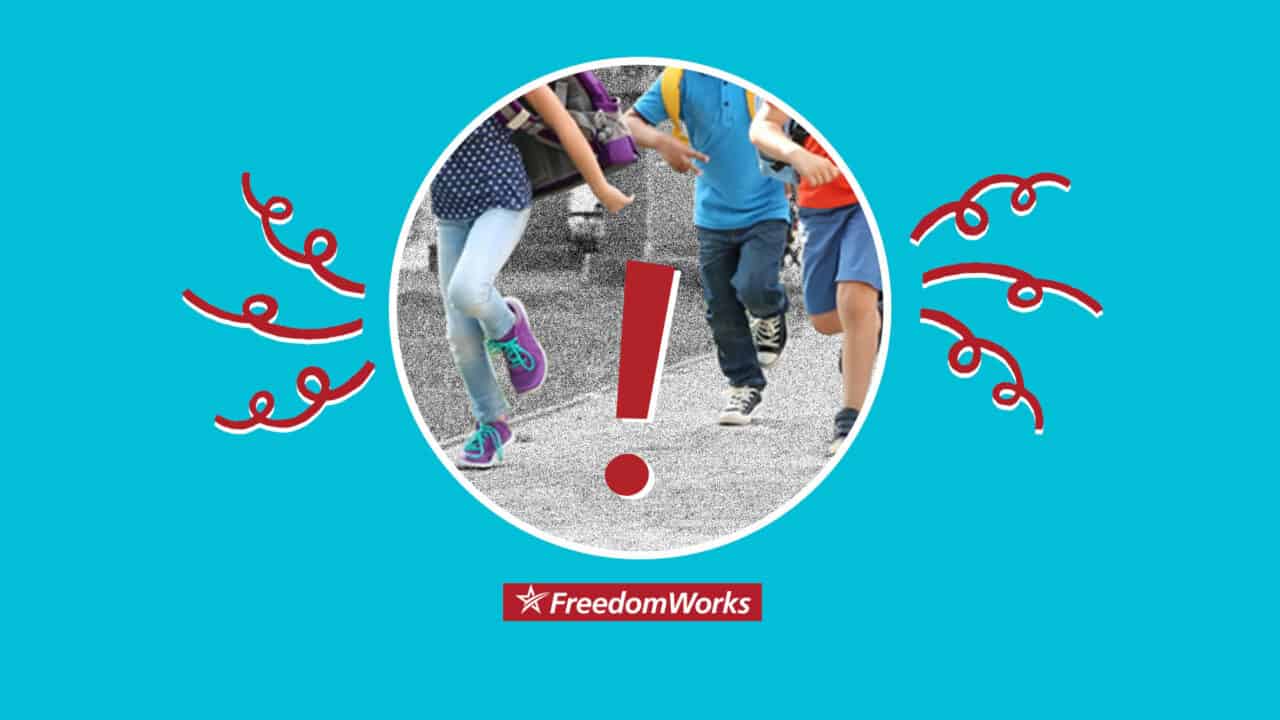The Left’s ‘Whole Child’ Approach to Education Is Manipulating Your Kids

As seen in The Patriot Post
For decades, progressive educators have dressed up nonacademic social training in different outfits. But the goal is the same — to use public education as a tool to dictate the next generation’s norms and behaviors.
Early 20th-century education reformers like Edward Thorndike of the Columbia Teachers College and John Dewey, the father of American progressive education, were committed to reshaping public education in order to diminish individuality and familial influence in children. Their plan was to replace it with a collectivist mindset in preparation for the “workforce.” By doing so, educators could capture the minds and hearts of children in the classroom and substitute “the state for the home and faith.”
This model was effectively the first version of what we now know as social emotional learning (SEL), most recently repackaged as the “Whole Child” educational framework.
In the 1960s, Dr. James Comer of the Yale School of Medicine’s Child Study Center set out to prove the effectiveness of behavior versus academic focus for student success. He thought he would prove his theory by testing it in 650 low-income schools, admitting later it was a failure. Still, his method served as the foundation for today’s SEL in schools.
During the 1980s, psychology professor Roger Weissberg wanted to help students “develop positive self-concepts” and hone skills in “self-monitoring” and impose values such as personal responsibility and respect for self and others. These are loaded phrases subject to interpretation, but, apparently, his approach was acceptable enough to keep the behaviorist model train running.
By the 1990s, National Center for Education and the Economy President Marc Tucker echoed Thorndike’s efforts to advance a socialist workforce development mindset in K-12 education. This was followed by the controversial Outcomes Based Education (OBE) model.
Thankfully, subsequent parental backlash squashed OBE. However, it morphed and reappeared through the Collaborative to Advance Social and Emotional Learning (CASEL). Former Obama education advisor and CASEL champion Dr. Linda Darling-Hammond of Stanford Graduate School of Education is a known progressive who has long advocated for “educational equity.” Even before COVID-19, there was a push for so-called equity rather than teaching the much-respected American concept of equal opportunity.
CASEL’s goals for students include providing “the process through which children and adults understand and manage emotions, set and achieve positive goals, feel and show empathy for others, establish and maintain positive relationships, and make responsible decisions.” This might sound innocuous enough until you realize the specific definitions for each of those elements may be a far cry from what you think.
For example, CASEL definitively overplayed its hand on the role of schools in a child’s life when it asserts that “schools have an important role to play in raising healthy children by fostering not only their cognitive development but also their social and emotional development.” That’s a tremendous assumption of power over your children in the classroom, and it is tantamount to brainwashing, not promoting basic good behavior.
CASELs defense of its emphasis on social and emotional learning via research leaves something to be desired, but there are no recent U.S.-based studies supporting this theory. A 2006 study asked a national sample of 148,189 sixth- through twelfth-grade students if they thought they had social competencies such as empathy, decision-making, and conflict-resolution skills. Only 29% indicated that their schools provided a caring, encouraging environment. But how does that prove the need for SEL? And how accurate are the results if parents were not consulted on the answers given the relative immaturity of kids faced with complex questions?
According to research from the The Pioneer Institute, Thorndike equated “learning with training” and believed instead in “learning by conditioning … much like Pavlov’s dogs.” As for John Dewey, he was adamant about “manipulating the psychological aspects of learning as a means of manipulating the child.” Since when were we supposed to be conditioning and manipulating our kids to advance a progressive agenda?
Clearly, this “Whole Child” approach to education is window dressing for advancing left-wing priorities in public schools. This is something that all parents who believe in the fundamentals our country were founded on should be concerned about if we are to truly achieve what is best for our children’s education.




